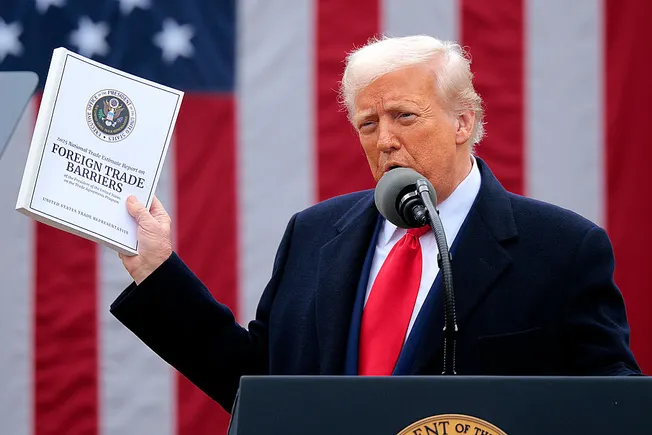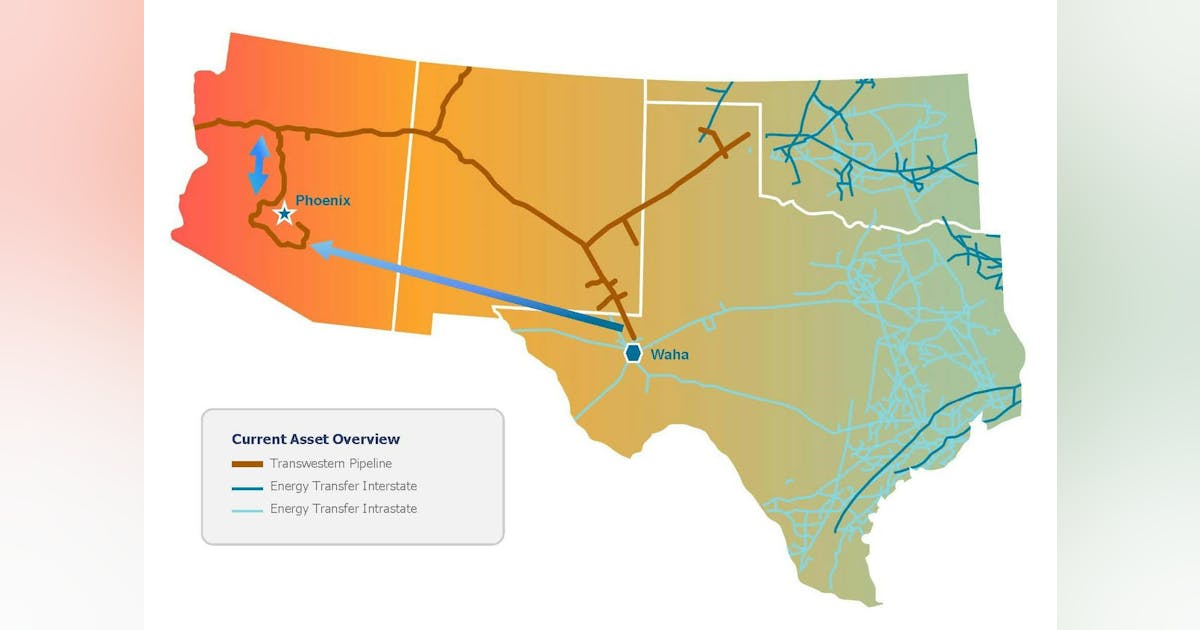
Oil fell for the fifth straight session as traders waited to see whether US President Donald Trump would impose more severe measures to restrict Russian energy flows. Crude extended losses in late trading on a report that Trump plans to meet with Russian President Vladimir Putin soon.
West Texas Intermediate dipped 1.2% to settle just above $64 a barrel, notching the longest daily losing streak since September, as traders positioned for the possibility of a softer stance on Russia than the White House previously telegraphed. Futures dipped further after the New York Times reported that Trump plans to meet with Putin in person as soon as next week and follow that up with a meeting between himself, Putin and Ukrainian President Volodymyr Zelenskiy.
Trump earlier highlighted “great progress made” in a meeting between his envoy and Putin, but didn’t rule out the possibility of further penalties on Moscow’s oil revenues. The developments injected further uncertainty into a market that already was grappling with mixed signals on supply and demand.
On the one hand, US crude inventories fell as domestic refiners run at the highest levels since 2019 seasonally. On the other, Trump has said repeatedly that he wants to see lower oil prices and an end to the war in Ukraine.
In a CNBC interview Tuesday, he said that “if energy goes down low enough, Putin’s going to stop killing people.”
“If you get energy down another $10 a barrel, he’s going to have no choice, because his economy stinks,” Trump added.
The White House announced an additional 25% tariff on India over its purchases of Russian energy this week. Still, the levies on India won’t come into effect for another 21 days, meaning traders will remain on edge in case Trump makes further moves.
US special envoy Steve Witkoff held talks with Putin in the Russian capital on Wednesday, just two days before a deadline Trump set for Moscow to halt the war in Ukraine. The Kremlin said the meeting was constructive and the two sides exchanged “signals” over the conflict, Russian media reported.
US crude futures have largely traded between $65 and $70 since the end of June as traders wait to see if Trump’s tariffs will hurt global consumption and whether his pressure on India will reshape the country’s oil-buying patterns.
Traders are also monitoring OPEC+ output increases. Last weekend, the alliance agreed to hike production again in September, boosting concerns that global supplies will run ahead of consumption this half.
Saudi Arabia lifted its crude prices for a second-consecutive month, signaling confidence in demand and limiting oil’s losses. Diesel markets also continued to remain tight, offering support.
Oil Prices
- WTI for September delivery sank 1.2% to settle at $64.35 a barrel in New York.
- Brent for October settlement fell 1.1% to settle at $66.89 a barrel.
What do you think? We’d love to hear from you, join the conversation on the
Rigzone Energy Network.
The Rigzone Energy Network is a new social experience created for you and all energy professionals to Speak Up about our industry, share knowledge, connect with peers and industry insiders and engage in a professional community that will empower your career in energy.





















